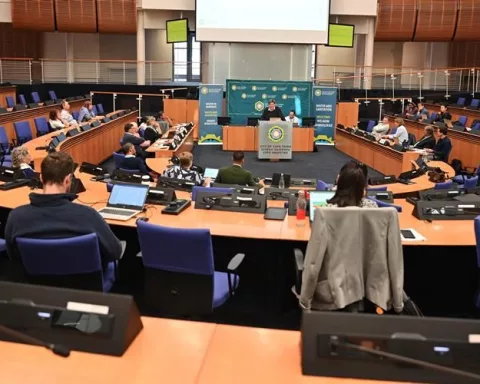A pivotal legal battle is currently underway in South Africa, with significant implications for the future regulation of mining in the country, particularly environmental approvals and public participation.
The Challenged Mining Rights
Trans Hex Operations (Pty) Ltd holds ten diamond mining rights on the West Coast, stretching along an 85km stretch of coastline, between Lamberts Bay and Sout River to the north. These rights were granted between 1994 and 1998 under the Minerals Act of 1991.
The Challenge and its Grounds
An environmental non-profit organization, Protect the West Coast, and small-scale fishers from Doringbaai and the Olifants River estuary are challenging the awarding of 30-year extensions to these mining rights. The applicants contend that they were not informed about, nor given an opportunity to comment on, these mining rights extensions. They also argue that the environmental management programs (EMPs) on which these mining rights are based are outdated, having been in place for more than 20 years.
The applicants argue that new authorisations are required under the National Environmental Management Act (NEMA) and other legislation that came into effect after the original rights were granted.
The Legal Battle and Its Progress
The first section of the application is being heard in the Western Cape High Court this week. The applicants filed an urgent court action on December 18, 2022, after failing to obtain crucial information about the rights extensions from the DMRE through a Promotion of Access to Information (PAIA) application. Their application consists of two parts. Part A, being heard on Tuesday, seeks an interdict to halt any mining activities by Trans Hex and its contractors in the sea concession areas where rights were renewed, pending the resolution of Part B of the application, which challenges the legitimacy of those rights.
The Arguments of the Parties
Mike Schlebach, director of Protect the West Coast, argues that there have been “significant and material” changes in the legal framework governing mining and the environmental impact of mining since the advent of democracy. The environmental obligations for mining are based on “outdated and wholly inadequate” EMPs dating back to 2002, he states.
In his answering affidavit, Ian Hestermann, operations director of Trans Hex, states that the group has been engaged in the exploration, mining, and marketing of West Coast diamonds for almost 60 years. Asserting that Part B of the application has “no prospects of success,” Hestermann states that the applicants “raise a number of unsubstantiated allegations” and that the company’s operations under its mining and prospecting rights and the 2002 EMP are lawful.
The Outcome and its Implications
The outcome of this case could have far-reaching consequences for the future regulation of mining in South Africa and serves as yet another reminder of the importance of sustainable and responsible resource extraction.












